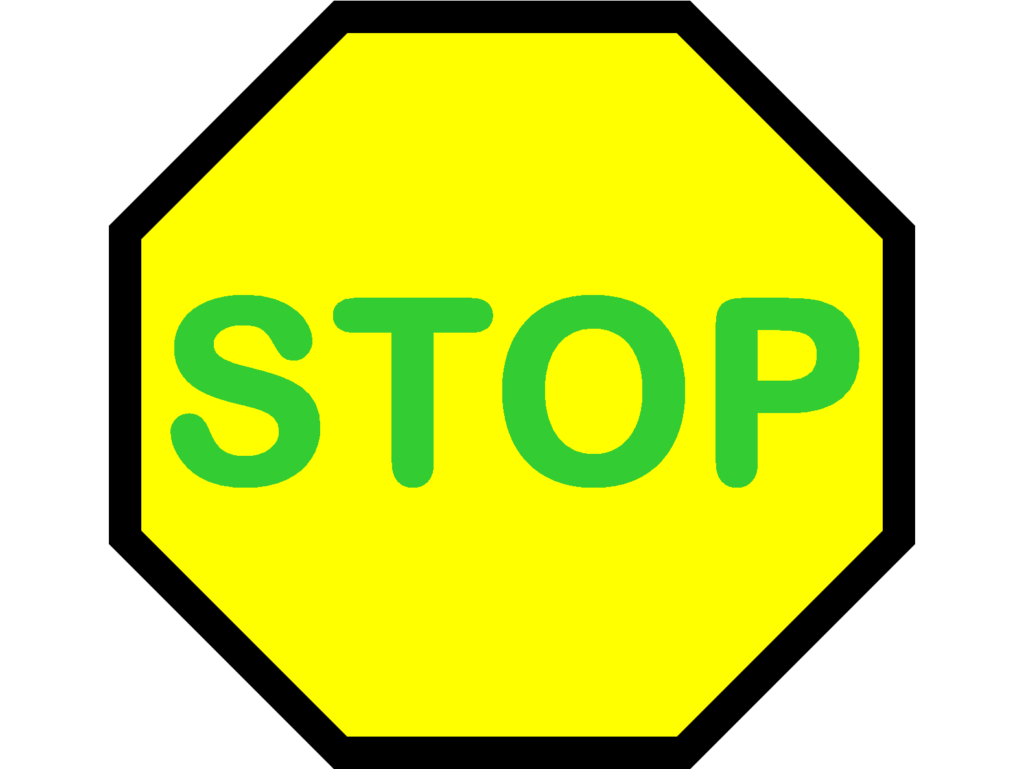
By Paul Basha, traffic engineer, Summit Land Management
Why can I not have a four-way stop at the intersection near my home to slow traffic? The Manual on Uniform Traffic Control Devices regulates signs, striping, and pavement markings throughout the United States. This document is published by the Federal Highway Administration within the United States Department of Transportation.
Please do not think this is an obscure meaningless government publication that irrelevant bureaucrats in some dingy basement in the nation’s capital wrote.
What do you think: good idea or bad idea that throughout the nation the top color on a signal is red? Better or worse that red means stop, and green means go in every community in our country? Would it be better if some states or cities decided that in their jurisdiction green should mean stop and red should mean go? Perhaps a yellow rectangle with black letters would make a better color and shape for a stop sign in some states than a red octagon with white letters required for all states?
Seen the seven-Oscar, 1973, Paul NewmanRobert Redford movie, “The Sting”? (If you haven’t, be certain to watch it before reading about it – otherwise would completely destroy the several inter-woven clever suspense plots.) (Also, skip “The Sting II”, unless you enjoy disappointment.) Most of “The Sting” was set in 1936 Chicago. An observant viewer would notice the yellow octagon stop signs with black letters.

Until the Manual on Uniform Traffic Control Devices began dictating traffic control in the 1940’s, there was a wide variety of colors and shapes for signs and pavement markings. The New Mexico horizontal traffic signals remain allowed, and that’s peculiar enough – especially for those who do not live there and are color blind.
Ever worry that when you see a green light, someone approaching on the perpendicular street also has a green light? No need to worry, the Manual on Uniform Traffic Control Devices prohibits such an unfortunate circumstance. Most importantly, traffic engineers always heed the requirements and guidelines of THE MANUAL.
Yes indeed, the Manual on Uniform Traffic Control Devices is most definitely our friend. A friend whose advice we should always respect, just like Mister Rogers.
What’s next is as predictable as a Disney movie: THE MANUAL tells us which intersections should have four-way stops, and which should not.
Simplified, when there is a high number of vehicles on one street and a high number of vehicles on a perpendicular street in the same hour, for many hours in a day; a four way stop sign should be installed. If the number of vehicles is very high, then a traffic signal should be installed. With too many cars in all directions, it’s nice to give everyone a turn – like Mister Rogers undoubtedly said a few times.
THE MANUAL also has criteria that if a certain number of collisions of a specific type occur at a particular intersection, then four-way stop signs or signals should be installed. So, you think traffic engineers need to wait until there are many collisions before we succumb to reason and install four stop signs? Traffic engineers do not wait patiently until there are too many collisions before a stop sign or signal is installed. Would it be better if we ignored past collisions in our analyses?
It is logical to know past detrimental events to prevent their recurrence. In addition to allowing everyone their turn (pun intended) at an intersection, the second dominant reason for the traffic volume requirement is to prevent collisions. Collisions tend to occur when there are too many cars at an intersection. Traffic engineers recognize the inherent impatience of drivers. People are in cars to move. After high school, people do not get in their cars to park. Though drive-in theaters are returning.
Another method for preventing collisions is a specific and detailed analysis to ensure people can see approaching traffic on the intersecting street. When driver visibility is restricted, and the obstruction cannot be removed, THE MANUAL allows stop sign installation.
So, fine, there is criteria for installing a four-way stop. What is the problem with installing a stop sign to slow traffic in a residential neighborhood?
The Manual on Uniform Traffic Control Devices on page 1 states five foundational and extremely logical principles:
“To be effective, a traffic control device should meet five basic requirements:
A. Fulfill a need;
B. Command attention;
C. Convey a clear simple meaning;
D. Command respect from road users; and
E. Give adequate time for proper response.”
On page, 2 THE MANUAL states:
“A standard device used where it is not appropriate is as objectionable as a nonstandard device; in fact this might be worse, because such misuse might result in disrespect at those locations where the device is needed and appropriate.”
People will obey reasonable laws and rules.
People will disobey unreasonable laws and rules.
Stop signs are necessary and appropriate to ensure people know there is high potential of conflicting traffic or to ensure people can see enough of the intersecting street before proceeding. When a stop sign is installed for reasons other than cars or visibility, drivers quickly recognize there is no reason to stop. They stop stopping. We do not need more reasons to be impatient, particularly when driving.
Drivers will absolutely respect and obey a stop sign installed for sensible benefit. If a justification is absent, drivers will ignore the unreasonable stop sign. Drivers trust that traffic engineers have informed them – with a traffic control device – of a potential hazard. Traffic engineers need to honor that trust. Remember the story of the little boy who called wolf?
When drivers recognize that one stop sign is unnecessary, it is in our highly selfish, and superficially-defined efficient self-interest, to generalize and assume that other stop signs are also unnecessary. So, we stop stopping at other locations. And sooner or later, we will not stop at a stop sign when it was necessary to stop, and cause a collision. (Unlike slot machine gambling, this reality will occur.) As is becoming increasingly common knowledge, 94% of all collisions are caused by human error.
To the question, if drivers will disobey speed limit signs, they will also disobey stop signs. Problem not solved, and another problem created.
Curious about something traffic? Call or e-mail Paul at (480) 505-3931 and pbasha@summitlandmgmt.com.











